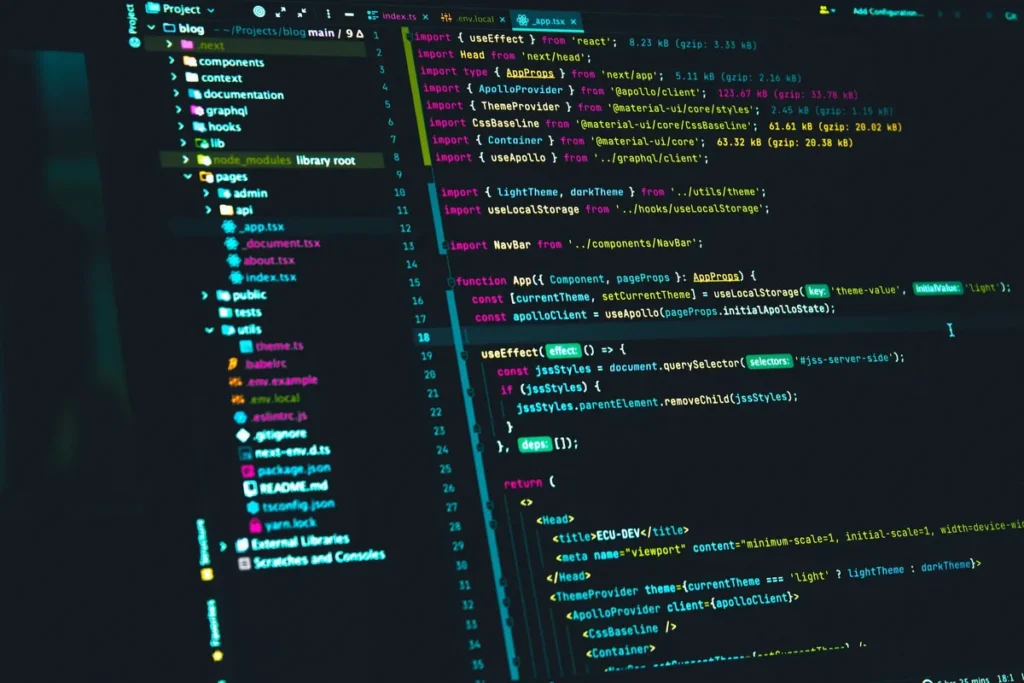Table of Contents
Software Development: From Idea to Execution

In today’s digital era, software plays a crucial role in powering businesses, driving innovation, and enhancing user experiences. Behind every successful software application lies a well-executed development process that transforms an idea into a functional and reliable product. In this informative and descriptive blog post, we will explore the journey of software development, from conceptualization to execution, shedding light on the key stages, methodologies, and best practices involved.
Idea Generation and Conceptualization
Software development begins with a spark of an idea or a problem that needs solving. This stage involves brainstorming, market research, and identifying the target audience. The idea is refined, and a clear vision is established, including the goals, functionalities, and expected outcomes of the software.
Requirements Gathering and Analysis
Once the idea is solidified, the next step is to gather requirements by collaborating with stakeholders, users, and subject matter experts. This involves understanding the needs, desired features, and constraints of the software. Detailed documentation is created, outlining the functional and non-functional requirements that will guide the development process.
Design and Architecture
During the design phase, the software’s structure, user interface, and overall architecture are defined. This includes creating wireframes, prototypes, and mock-ups to visualize the user experience. Design decisions are made in terms of usability, scalability, security, and performance. The architecture is planned, ensuring a solid foundation for the development process.
Development and Coding
With the design and architecture in place, developers start writing code based on the requirements and design specifications. They follow best practices, coding standards, and utilize programming languages, frameworks, and libraries to implement the desired functionalities. Collaboration and version control systems facilitate smooth teamwork among developers, ensuring code integrity and maintainability.
Testing and Quality Assurance
Thorough testing is crucial to ensure that the software functions as intended and meets the requirements. Various testing methodologies, such as unit testing, integration testing, and system testing, are employed to identify and rectify any bugs, errors, or performance issues. Quality assurance processes are implemented to ensure the software’s reliability, security, and user satisfaction.
Deployment and Release
Once the software passes testing and quality assurance, it is prepared for deployment. This involves configuring servers, databases, and infrastructure to host the application. Release management processes are followed to ensure a smooth transition from development to production environments. Continuous integration and deployment tools facilitate automated deployments, reducing human errors and improving efficiency.
Maintenance and Iterative Improvement
Software development is an ongoing process that requires continuous maintenance and improvement. User feedback, bug reports, and evolving business needs drive iterative development cycles. Regular updates, bug fixes, security patches, and feature enhancements are released to address issues and enhance the software’s functionality and performance.
Conclusion
Software development is a complex and dynamic process that requires careful planning, collaboration, and expertise. From generating an idea to executing it into a functional software application, each stage plays a crucial role in delivering a successful product. By following best practices, utilizing efficient methodologies, and embracing agile development principles, software development teams can navigate the journey from idea to execution with clarity, precision, and ultimately, create software solutions that meet the needs and expectations of users and businesses alike.



